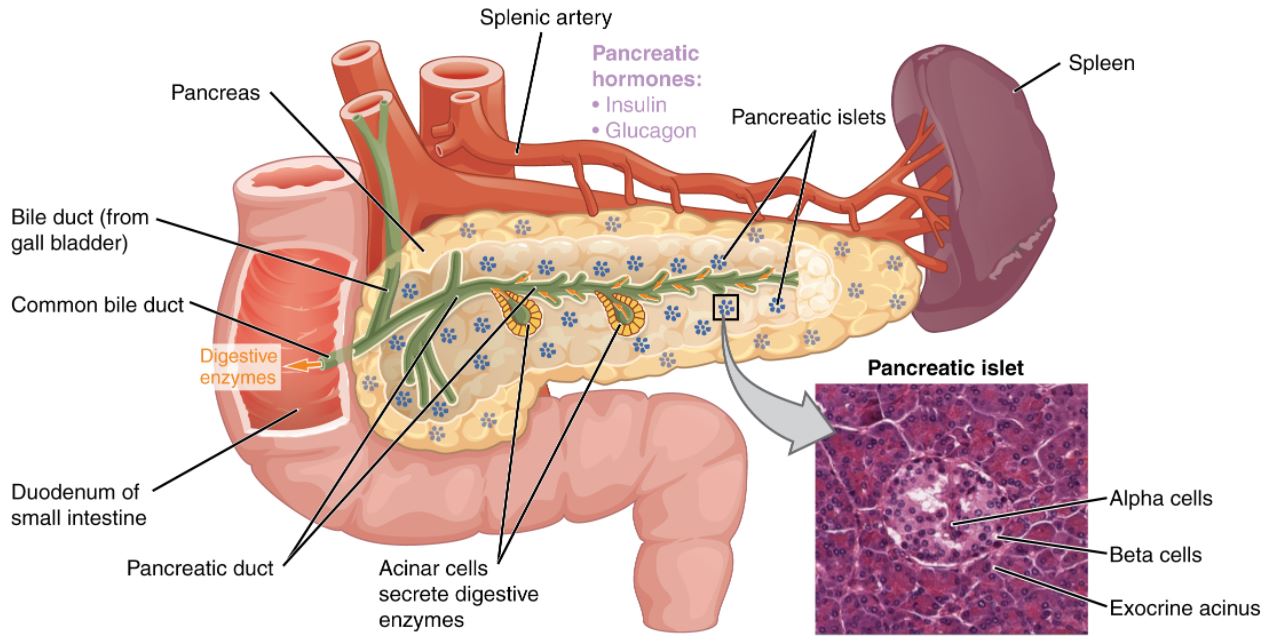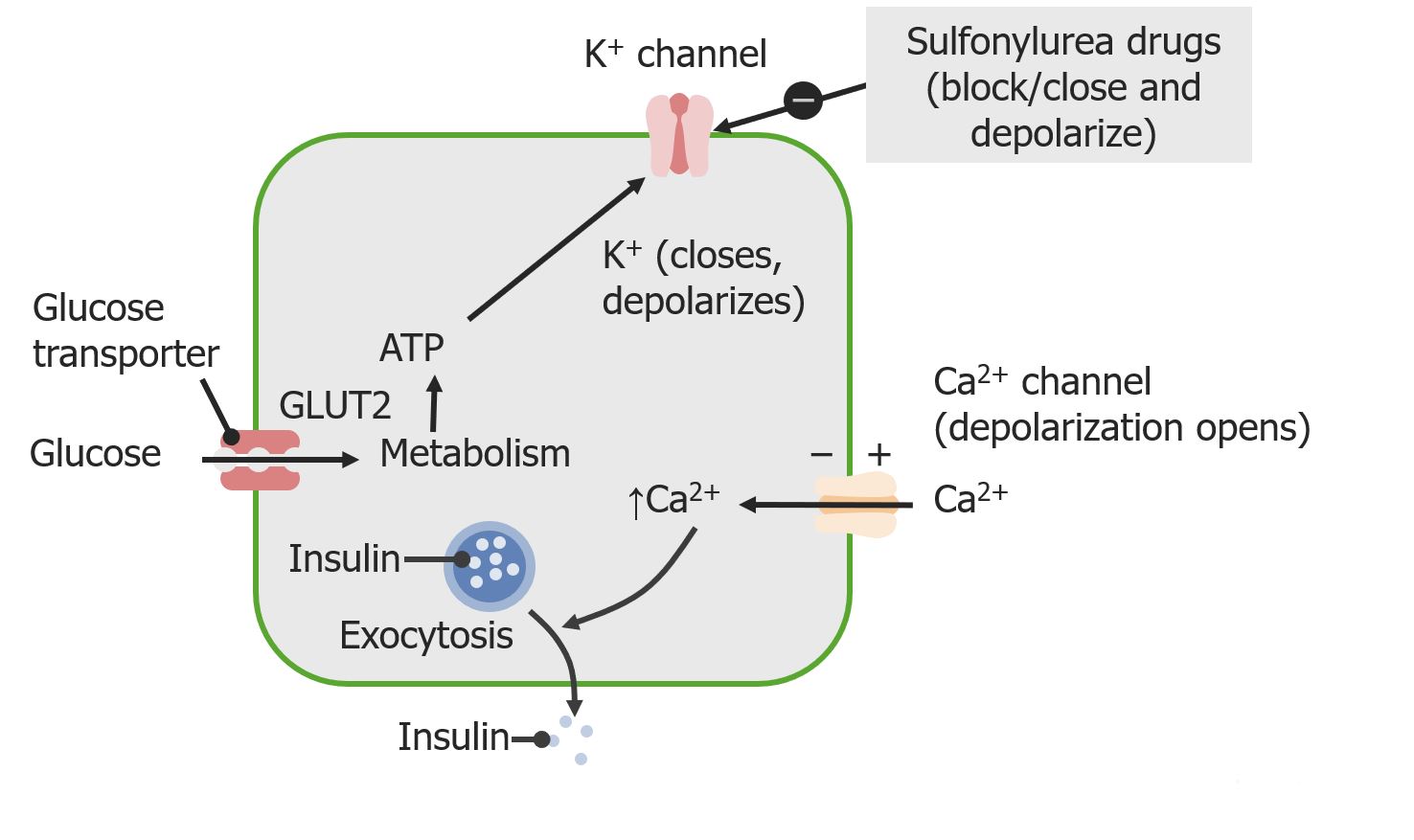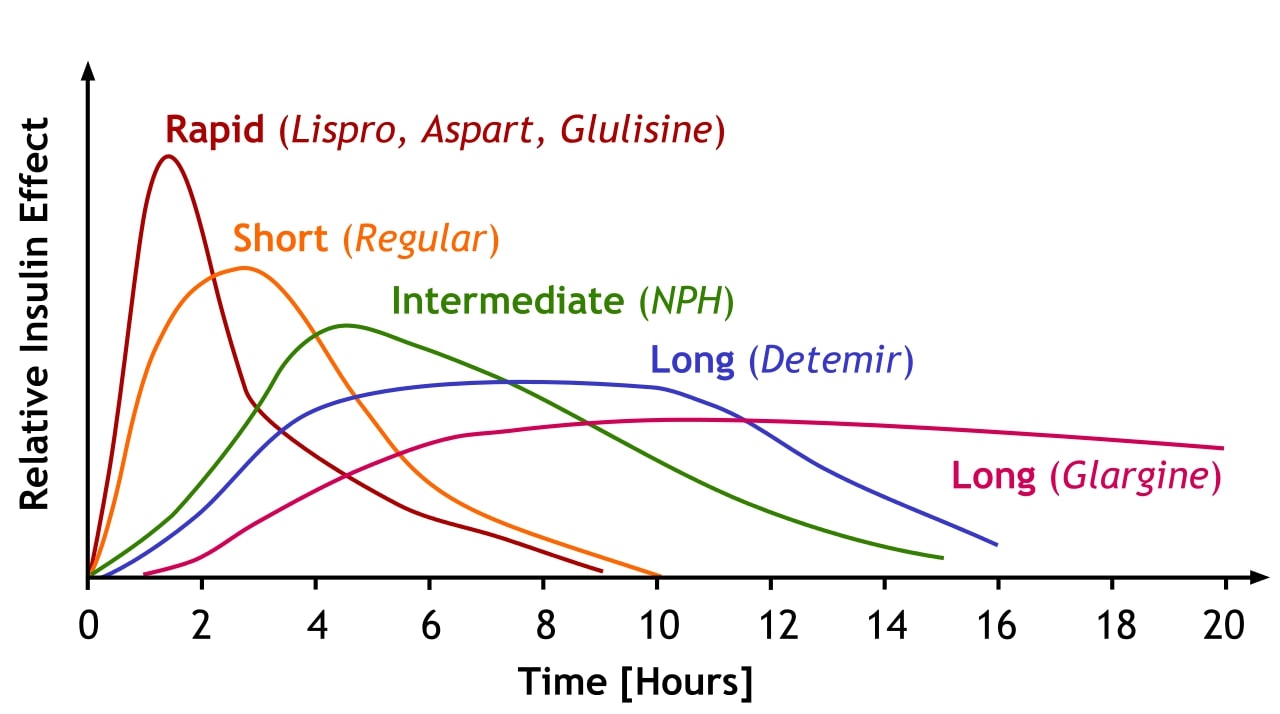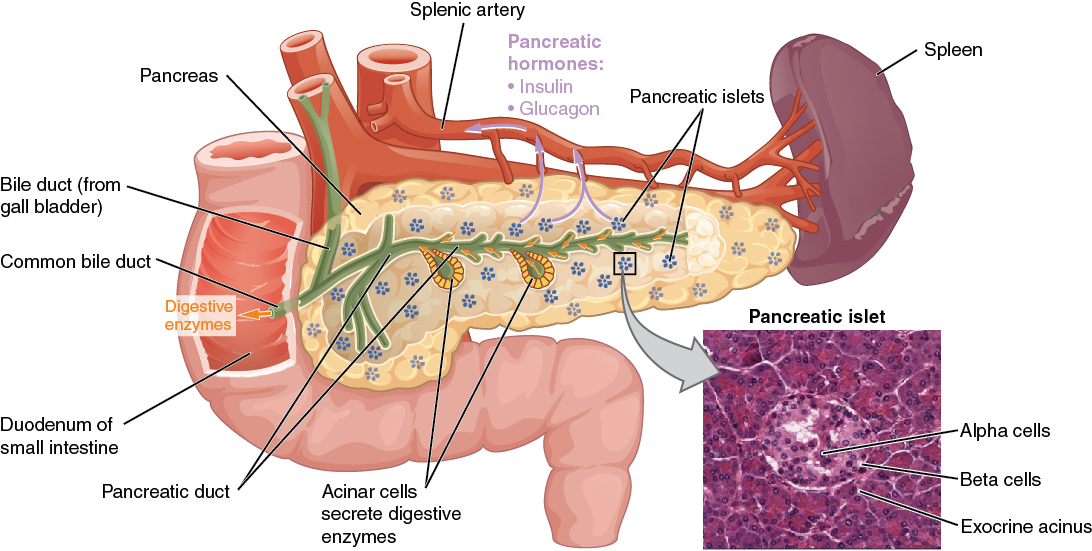Playlist
Show Playlist
Hide Playlist
Type 2 Diabetes Mellitus: Hemoglobin A1c (HbA1c) Monitoring and Non-pharmacologic Approaches
-
Slides 02-03 Diabetes Mellitus part 1.pdf
-
Download Lecture Overview
00:00 Let's talk a little bit about hemoglobin A1c. Hemoglobin A1c is often necessary to combine with the fingerstick blood glucoses to determine if adequate glucose control has been achieved. There is a strong correlation between hemoglobin A1c and the average 3-month plasma glucose value. 00:21 Therefore, the American Diabetes Association and the American Association of Clinical Chemistry support reporting both the hemoglobin A1c and the estimated plasma glucose levels. Hemoglobin A1c monitoring should be measured at the time of diagnosis and every 3 months while making changes to achieve glycemic goals. Testing intervals can be decreased to twice yearly after glycemic goals have been met. A few words about continuous glucose monitoring. A sensor is placed subcutaneously and measures real time glucose every few seconds. The sensor then connects to a transmitter that sends the data wirelessly to a display device. Glucose values tend to fluctuate between 15% of laboratory glucose measurement. This is most helpful when patients experience frequent hypoglycemia, hypoglycemic unawareness or extreme fluctuations in glucose levels. It also helps to rapidly identify hypo or hyperglycemia that is not always detected with fingerstick glucose or hemoglobin A1c measurements. Nonpharmacologic treatments to diabetes. Nonpharmacologic approaches to diabetes management should be implemented throughout the lifespan of the patient. These approaches can be used alone or as an adjunct therapy in type 2 diabetes to improve the success rate of pharmacologic agents. Medical nutrition therapy and exercise can be used in conjunction with insulin therapy for patients with type 1 diabetes. It is an essential component of any successful management fund for patients with prediabetes or diabetes. Modest weight loss of 2-8 kg through caloric reduction can benefit some overweight or obese adults with type 2 diabetes. Exercise improves glucose control, weight, and cardiovascular status. If no contraindications exist, aerobic exercise should consist of the following: 150 minutes per week of moderate intensity exercise, 75 minutes per week of vigorous activity levels, and a combination of these 2 interventions. Resistance training for at least 2 days a week is also helpful. Hypoglycemia and extreme hyperglycemia can worsen and should be corrected before proceeding with physical activity.
About the Lecture
The lecture Type 2 Diabetes Mellitus: Hemoglobin A1c (HbA1c) Monitoring and Non-pharmacologic Approaches by Michael Lazarus, MD is from the course Diabetes Mellitus. It contains the following chapters:
- Hemoglobin A1c
- Non-pharmacologic Approaches to Diabetes
Included Quiz Questions
In which of the following patients would counseling about nonpharmacologic treatments for diabetes be most appropriate?
- Woman with a BMI of 29 kg/m2 and an HbA1c level of 7.5% who has not tried an exercise program
- Man with a BMI of 37 kg/m2 who presents to your clinic with a random plasma glucose of 375 mg/dL
- Woman with a BMI of 29 kg/m2 and an Hb A1c level of 7.5% who reports fingerstick glucose results ranging from 50 to 350 mg/dL at home
- Man with a BMI of 32 kg/m2 who has a longstanding history of poor compliance and often misses his appointments
- Woman with a BMI of 36 kg/m2 and an HbA1c level of 8.0% who is motivated to exercise and just had bilateral total knee arthroscopy
You see a patient in the clinic with type 2 DM who is taking insulin and has an HbA1c level of 9.8% without hypoglycemic episodes. What is the most appropriate next step?
- Increase insulin dosage or begin glucagon-like peptide 1 receptor agonist and recheck HbA1c in 3 months
- Increase insulin dosage and recheck HbA1c in 4 weeks
- Increase insulin dosage and recheck HbA1c in 6 months
- Start the patient on another injectable, such as liraglutide
- Place a subcutaneous glucose monitor
Customer reviews
5,0 of 5 stars
| 5 Stars |
|
5 |
| 4 Stars |
|
0 |
| 3 Stars |
|
0 |
| 2 Stars |
|
0 |
| 1 Star |
|
0 |








